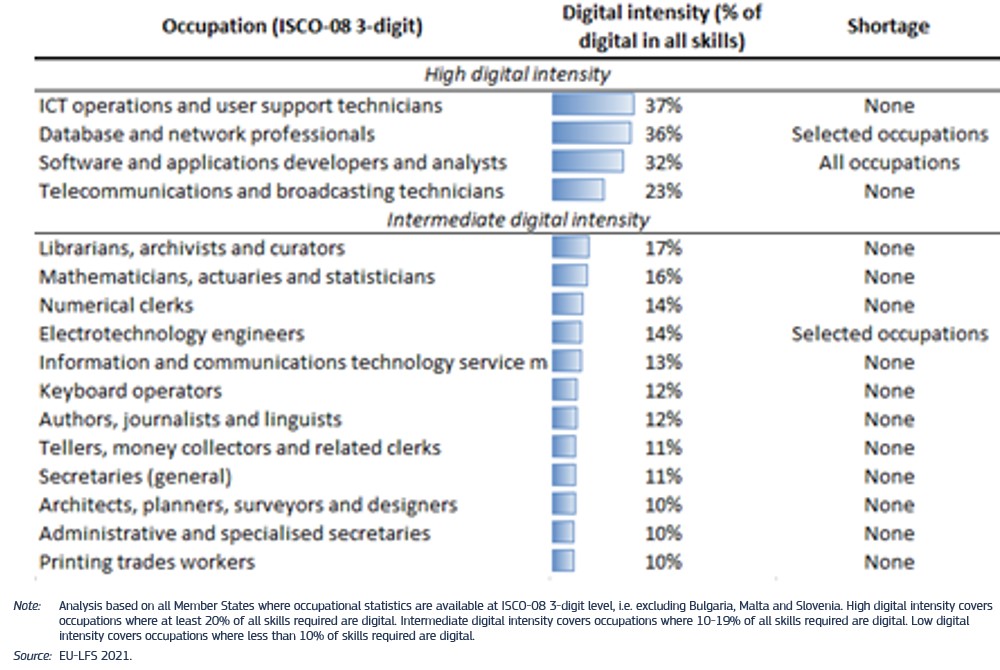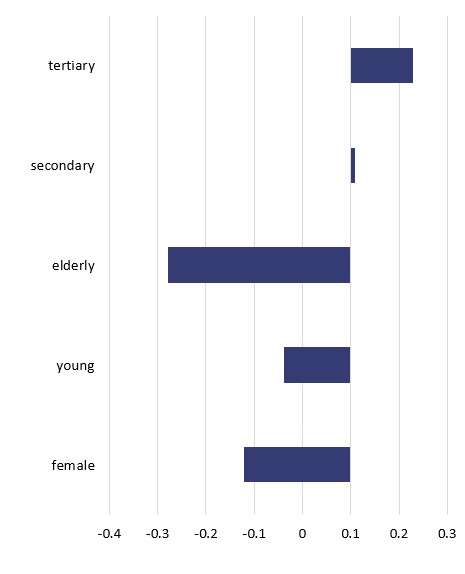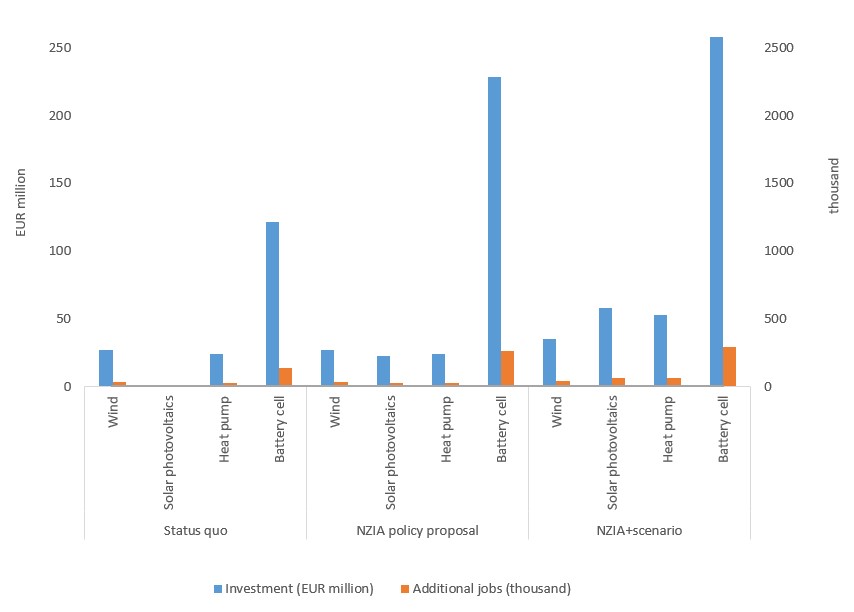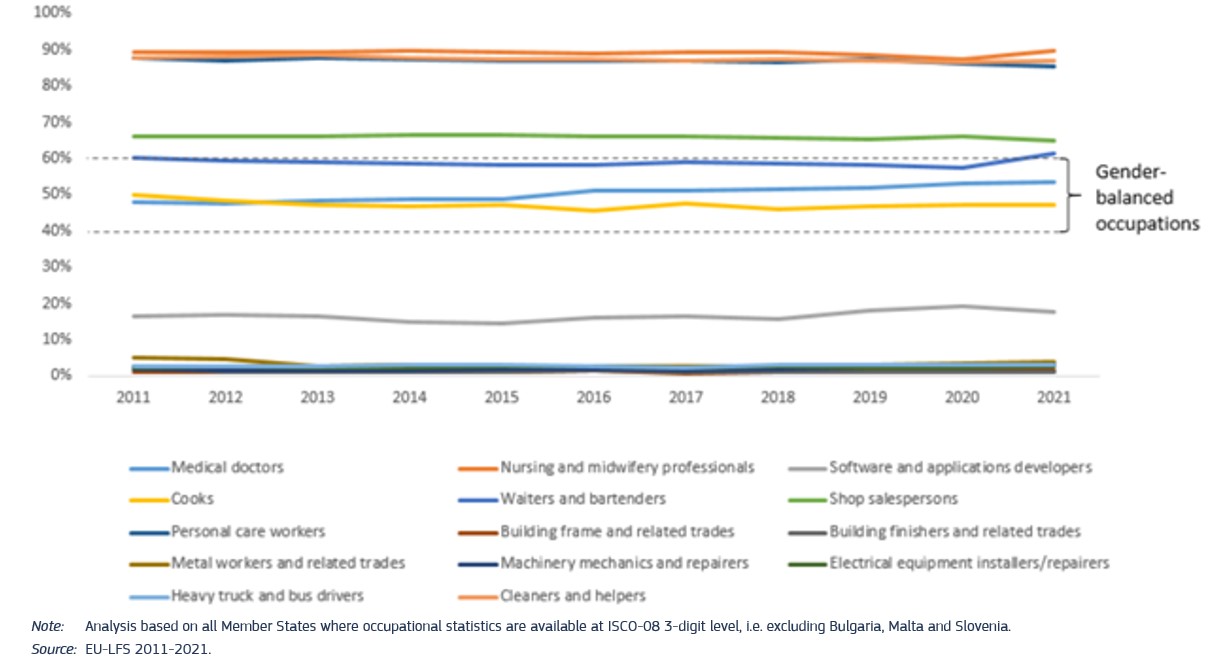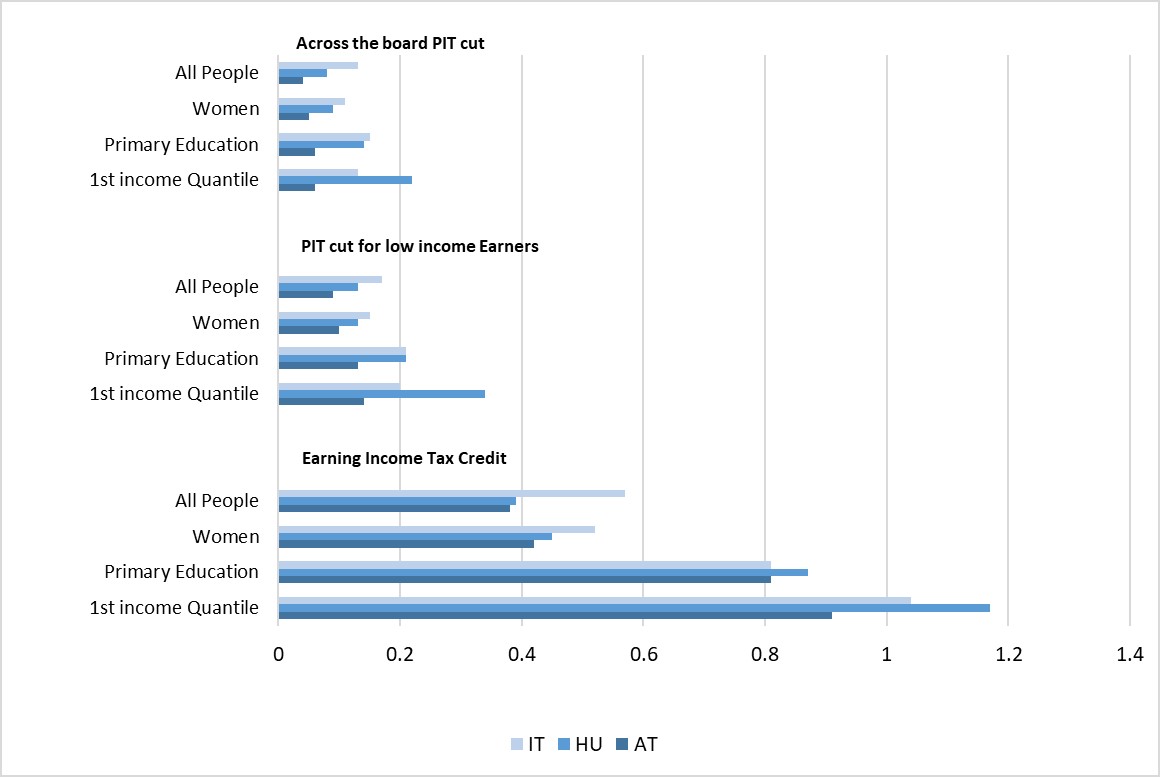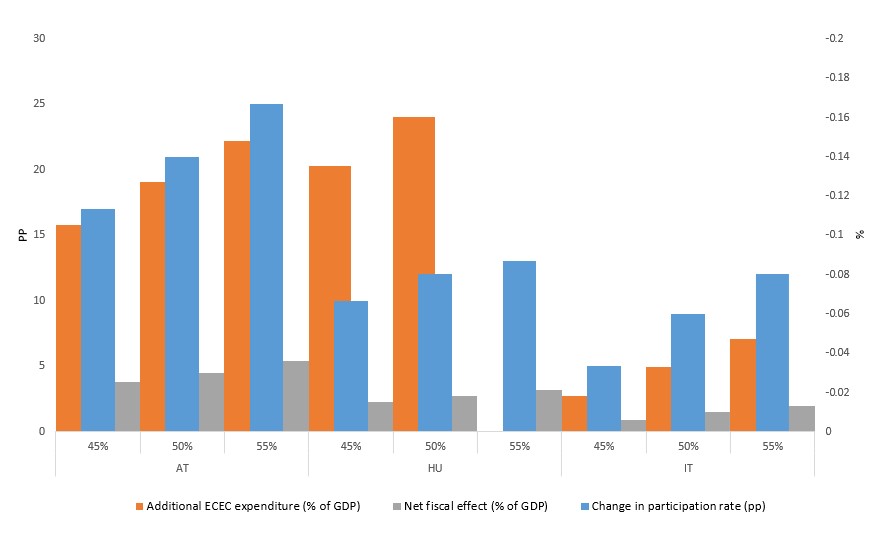Commission report finds labour and skills shortages persist and looks at possible ways to tackle them
The European Commission has published its Employment and Social Developments in Europe (ESDE) report 2023.
The report reveals that despite the impact of Russia's invasion of Ukraine resulting in an economic slowdown in the second half of 2022, EU labour markets have demonstrated remarkable resilience in 2022. The EU economy grew by 3.5% in real terms in 2022. Employment rates were at a record high at 74.6% with 213.7 million people employed in 2022, and unemployment rates at a historic low at 6.2%.
However, challenges remain with a low labour market representation of certain groups, such as women or persons with a disability. Youth unemployment fell from 16.7% in 2021 to 14.5% in 2022, but remains a major challenge. In addition, companies face labour shortages and there is the need for both employers and workers to adapt to evolving skill needs, in the context of the green and digital transitions.
The share of people at risk of poverty or social exclusion remained stable at 21.6% in 2022 with social transfers reducing poverty by more than one third on average in the EU. However, real household income declined, as high inflation continued to erode purchasing power. This resulted in a rise in severe material and social deprivation (from 6.3% to 6.7%).
Main findings
- Persistent labour shortages are found in a diverse range of occupations across all skill levels. They are particularly prevalent in construction, healthcare, science, technology (notably ICT), engineering and mathematics (STEM.) Looking ahead, shortages in both high-skilled and low-skilled occupations are expected to continue as the population ages and the green and digital transitions advance.
- While the digital transition contributes to persistent labour shortages in the ICT sector, it does not seem to be a key driver of shortages in other occupations. Indeed, one third of the skills required for an ICT professional are digital skills, while for most other occupations digital skills represent less than a tenth of all skills needed. (See chart 1)
- The aging population is a major trend affecting labour shortages, considering that, while fewer people will be working, consumption by an increasing older population will remain sustained. While the working age population (20-64-year-olds) had reached a record of 272 million people in 2009, it declined to 265 million by 2022, and it is expected to reach 258 million by 2030.
- The lower labour market participation of women, lower-educated people, people with a migrant background, as well as of older and young people also contributes to labour shortages. (See chart 2)
- Structural drivers contributing to persistent labour shortages vary by occupation and sector:
- Jobs shortages are often linked to insufficient supply of workers with highly specialist skills, for example in the STEM occupations, including ICT. In the context of the green transition, the investment needs for retraining, reskilling and upskilling in manufacturing of strategic net-zero technologies are estimated between 1.7 billion EUR and 4.1 billion EUR up to 2030. (See chart 3)
- At the same time, employers’ difficulties in finding people with the right skills are often linked to their inability to attract and retain workers (e.g. due to poor working conditions or human resource management). For example, the so-called “job strain”, which refers to difficult work environment, organisation and time, is substantially above the EU average for nurses, carers, drivers, cooks and bartenders, doctors and cleaners. (See chart 4)
- Most shortage occupations are either dominated by men or by women – 86% of these occupations are not gender-balanced. This also mirrors gender segregation in the respective field of studies, which is why the pool of people to fill vacancies is limited. (See chart 5)
- Workers born outside the EU are more often employed in occupations facing persistent labour shortages, in particular in low-skilled occupations. They are 8.7 pp more likely to work in occupations with persistent labour shortages compared to workers born inside the EU. (See chart 6)
- Solutions – several policy and reform measures can alleviate labour shortages:
- Reforming tax and benefit systems can improve work incentives, which can help alleviate labour shortages. In general, tax reforms targeting low-income earners have a significantly greater impact on people’s labour supply than across-the-board personal income tax cuts. (See chart 7)
- Investing in adult learning and skills development and training programmes, as well as better job matching with people’s education, experience, and skills.
- Improving working conditions in certain jobs to attract additional workers, including by involving social partners.
- Making available accessible, affordable, and high-quality early childhood education and care can contribute to addressing labour shortages by removing barriers to entering the labour market. Overall, increasing childcare participation among children aged 0-2 living in households below median income to the Barcelona target of 45% would increase the participation of mothers by 5 pp in Italy, 10 pp in Hungary, and 17 pp in Austria. (See chart 8)
- Promoting targeted labour migration from non-EU countries to reduce labour shortages in specific skills groups.
- Enhancing social dialogue and involving social partners in training, improving working conditions, and facilitating adult learning opportunities.
Charts
Note: Marginal effects calculated on sample mean based on an estimated logit model. Model also includes country and year dummies. Reference categories are: primary education, male, prime-age individuals, and single. Confidence intervals not presented, but extremely narrow.
Source: DG EMPL calculations, based on EU-LFS 2004-2020.
Source: European Commission, ‘Proposal for a Regulation of the European Parliament an of the Council on establishing a framework of measures for strengthening Europe’s net-zero technology products manufacturing ecosystem (Net Zero Industry Act)’.
Note: EUROMOD is the tax-benefit microsimulation model for the EU. For more details on EUROMOD, see https://euromod-web.jrc.ec.europa.eu/ and (Sutherland, 2013). Simulations use data from EU-SILC 2020 (income reference period 2019, uprated to 2022). Labour supply reactions (Narazani, 2021)....
Source: JRC simulations, based on EUROMOD version xxI5.0+ and EUROLAB model simulations.
Note: Barcelona target of 45% participation in ECEC for children under three. The table also presents the impacts of higher targets of 50% and 55%. EUROLAB runs on the underlying simulation results from EUROMOD on the budget sets. This analysis relies on EU-SILC 2016, which contained an ad hoc module with information on the affordability of childcare services (needed to distinguish subsidised or free formal childcare from unsubsidised care).
Source: JRC simulations, based on EUROMOD version xxI5.0+ and EUROLAB model.
